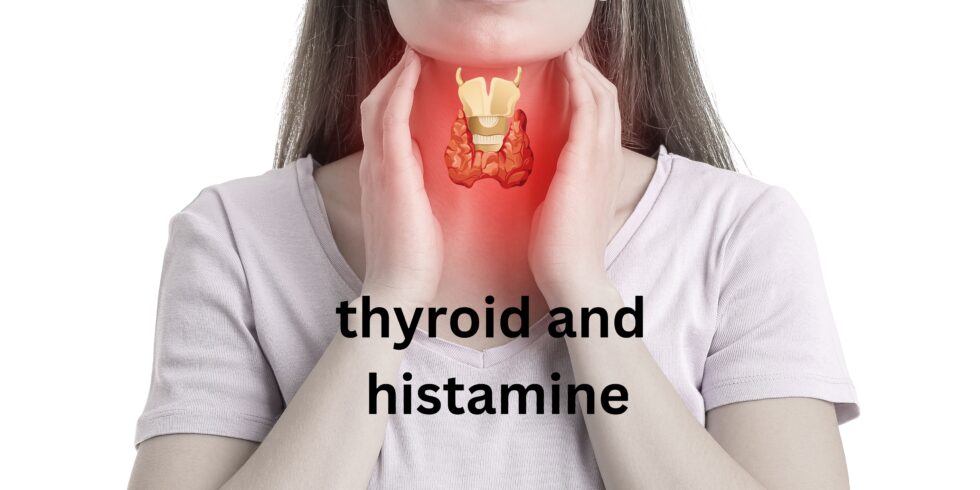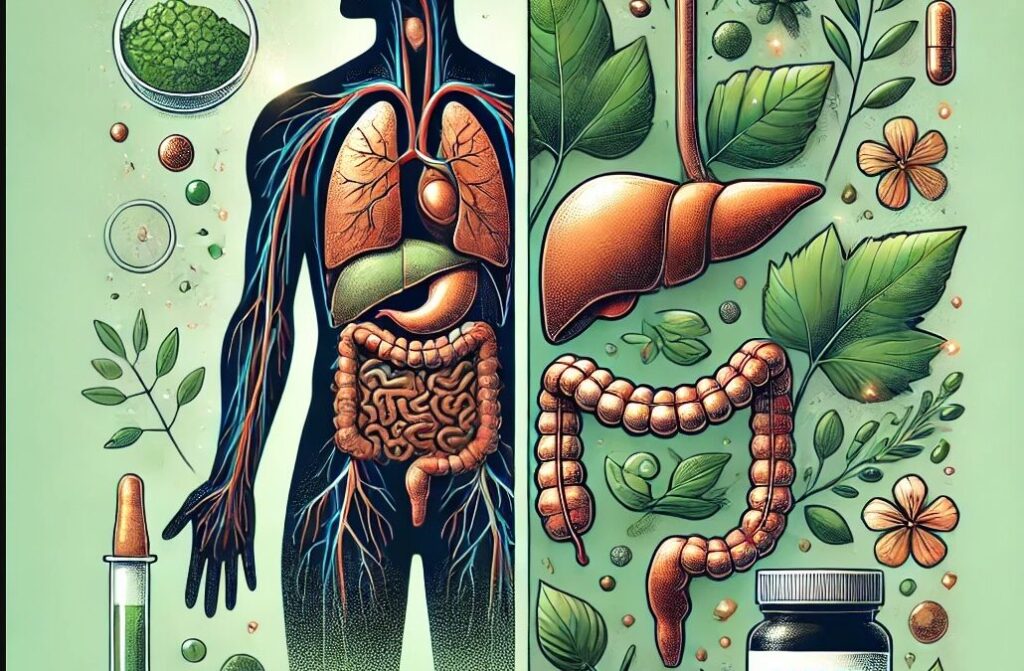Adapted from Inspired Taste
You Will Need
1 (15-ounce) can Organic chickpeas
1/4 cup (60 ml) fresh lemon juice (1 large lemon)
1/4 cup (60 ml) well-stirred organic tahini
2 large raw garlic cloves, minced
2 tablespoons (30 ml) extra-virgin olive oil, plus more for serving
1/2 teaspoon ground cumin
Celtic Sea Salt to taste
2 to 3 tablespoons (30 to 45 ml) water
Dash ground paprika, for serving
Instructions:
1. In the bowl of a food processor, combine the tahini and lemon juice and process for 1 minute, scrape the sides and bottom of the bowl then process for 30 seconds more. This extra time helps “whip” or “cream” the tahini, making the hummus smooth and creamy.
2. Add the olive oil, minced garlic, cumin, and a 1/2 teaspoon of salt to the whipped tahini and lemon juice. Process for 30 seconds, scrape the sides and bottom of the bowl then process another 30 seconds or until well blended.
3. Open, drain, and rinse the chickpeas. For creamy hummus, remove the skins! Add half of the chickpeas to the food processor and process for 1 minute. Scrape sides and bottom of the bowl, then add remaining chickpeas and process until thick and quite smooth; 1 to 2 minutes.
4. Taste for salt and adjust as needed. Serve hummus with a drizzle of olive oil and dash of paprika. Store homemade hummus in an airtight container and refrigerate up to one week.
NOTE: Tahini is high in oxalate and can be a problem from some folks. In that case, you can reduce your tahini amount to 1/4 of the what the recipes calls or even omit it and substitute for sun butter and/or pumpkin seed butter. Or you can omit it altogether and just use more olive oil and lemon juice! It all works!
Why you MUST include this in your healthy diet:
Chick peas-also known as garbanzo beans. High in fiber, but the fiber it contans produce the short chain fatty acids that are needed for a health microflora in your gut! That means they provide fuel to your intestinal wall. Also high in molybdenum, manganese, folate, copper, phosphorus, protein, iron and zinc!
Lemon juice-high in vitamin C and becomes alkaline in your body. Also can stimulate digestion
Tahini-which is really just sesame butter. Rich in phosphorus, lecithin, magensium, potassium and iron. It also contains methionine which is important for liver detoxification, high in B vitamins and vitamin E. IT also is a good source of complete protein and good unsaturated fats (needed for integrity of cell membrane)
Please note- Tahini is high in oxalate. If following a low oxalate diet, you can substitute with half and half of Sunflower seed butter and Pumpkin seed butter, it still tastes pretty good!
Garlic-the benefits are most when eaten raw after they have been chopped. Or left out for 10 minutes before cooked. The key is to chop them! Garlic is high in manganese, B6, Vit C, selenium and fiber. Garlic also has potent antimicrobial, anti-viral, and anti-inflammatory properties. The active compounds can also reduce blood pressure, lowers LDL cholesterol, and help enhance liver detox pathways.
Extra Virgin Olive oil-high in antioxidants, olive oil contains oleic acid, which has strong antimicrobial an anti-inflammatory properties. It can also help lower blood pressure and does not contribute to weight gain, and it can reduce oxidative damage by free radicals
Celtic Sea salt-rich in trace minerals, can regulate fluid balance, and provides the body with essential electrolytes for regulating cellular function. Contains magnesium, calcium and potassium…cooking with Sea salt is the wise thing to do! IT can also help increase HCL production in your stomach for proper digestion
Cumin-promotes digestion, rich source of iron, contains flavanoids, alkaloids and phenols that are linked to health. Can also improve cholesterol, may promote weight loss and has anti-inflammatory properties
Nutritional support for phase 2 detox:
Chick peas
- Fiber (to promote SCFA’s to feed microbes involved in detox)
- Molybdenum (support sulfation)
- Manganese (support gallbladder)
- Folate (support methylation conjugation)
- Amino acids (histidine, isoleucine, leucine, phenylalanine and valine)
- Copper
- Phosphorus
- Iron
- Zinc (support pancreatic & liver function)
- Protein
Tahini
- Phosphorus
- Lecithin (support gallbladder)
- Magnesium (support GGT in glutathione synthesis and gallbladder support)
- Methionine (support methylation conjugation)
- Potassium
- Iron
- Vitamin E (support liver & gallbladder)
- B vitamins (support methylation conjugation)
- Monounsaturated fat
Lemon
- Vitamin C (support gall bladder and liver, support glutathione production)
Garlic
- Manganese (support gallbladder)
- B6 (support methylation conjugation)
- Vitamin C (antioxidant support/ liver support and prevent pancreatitis)
- Selenium (support glutathione conjugation and prevent pancreatitis)
- Support glutathione production
Cumin
- Iron
- Copper
- Manganese (support gallbladder)
- Potassium
- Zinc (antioxidant protection, support pancreas)
- Flavonoids (antioxidant protection)
Olive oil
- vitamin E (antioxidant)
- vitamin K
- flavonoids (antioxidant protection)
References
Leech, Joe. (2017, June 4). 11 Proven Benefits of Olive oil. Retrieved from https://www.healthline.com/nutrition/11-proven-benefits-of-olive-oil#section9
Leech, Joe. (2017, January 19). 11 Proven Benefits of Garlic. Retrieved from https://www.healthline.com/nutrition/11-proven-benefits-of-olive-oil#section9
Thorpe, Matthew. (2017, March 23). 9 Benefits of Cumin. Retrieved from https://www.healthline.com/nutrition/9-benefits-of-cumin#section10
Uren, Mia. (2012, December 3). 10 reasons to eat Tahini. Retrieved from https://www.mindbodygreen.com/0-6997/10-Reasons-to-Eat-Tahini.html





